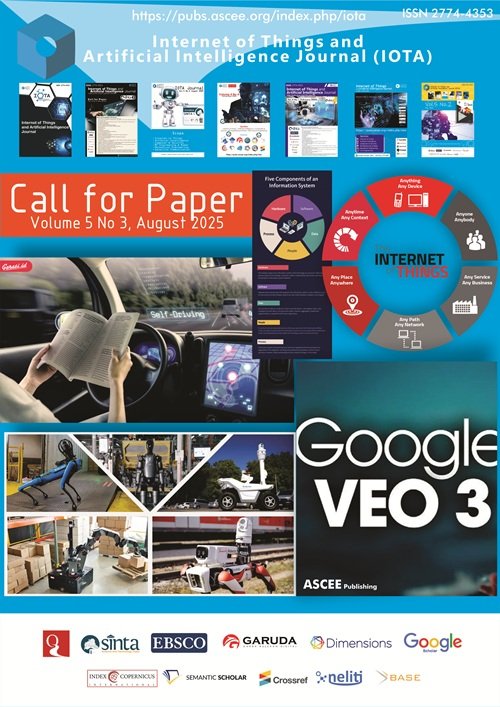Segmentation of Circular Economy Adoption in East Java-Indonesia Based on Barriers and Motivations Using K-Means and Multilayer Perceptron
DOI:
https://doi.org/10.31763/iota.v5i3.985Keywords:
circular economy, k-means, multilayer perceptron, segmentation, East Java, barriers, motivationAbstract
The Circular economy is becoming increasingly relevant in addressing global challenges related to sustainability and natural resource management. While globally recognized, its implementation in East Java faces significant barriers, such as limited understanding, inadequate infrastructure, cultural resistance, and insufficient involvement from both the industrial sector and the public. This study aims to fill this gap by segmenting circular economy adoption in East Java based on motivations and barriers. Segmentation uses the K-Means algorithm combined with the Multilayer Perceptron (MLP) model. The analysis identifies three clusters: (1) highly motivated and proactive individuals, (2) moderately aware but less engaged individuals, and (3) individuals constrained by barriers and passive. The MLP model with 300 iterations delivered the best performance, achieving 92% accuracy, along with high precision and recall across all clusters. Chi-Square testing indicates that access to recycling, government support, and economic incentives significantly influence cluster formation, while product discounts and waste quantity have minimal impact. These findings provide insights for policymakers to design strategies to promote circular economy adoption, confirming that MLP is an effective tool for supporting.


